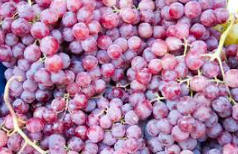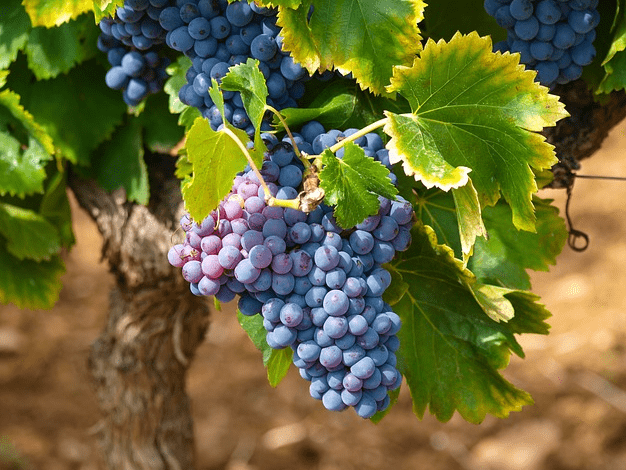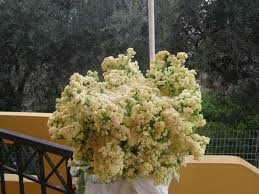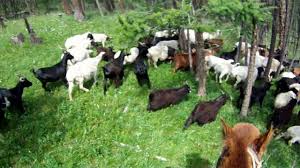The grapevine was domesticated long before the dawn of recorded history. By the time history began to be written in the ancient Middle East and later along the eastern Mediterranean by the Greeks, the vine was already deeply intertwined with human culture.
When we talk about the vine as part of ancient history and culture (which still holds true today), we’re referring to a very advanced stage in its human evolution. By the time history was being documented, the vine was already a processed product, if not a synthetic psychoactive substance.
Yes, we’re talking about wine and alcohol, with the vine and its grapes serving as the foundation for it all. When did it all begin? It’s hard to say, but the earliest archaeological evidence of winemaking comes from present-day Georgia, dating back to the 10th millennium BCE.

By the 7th century BCE, when the biblical stories were first written and the Iliad and the Odyssey were being recited in Greece, wine was already a part of human life. Grapes were cultivated in the Land of Israel as well, and by the 7th century, there was a thriving wine industry here. Remnants of ancient Byzantine-era wine production can still be found throughout Israel.
In the 7th century, the Arabs conquered the land, bringing with them the message of Islam. As we know, Islam and alcohol don’t mix, so the wine industry disappeared (or was confined to a few Christian monasteries). However, this didn’t mean the grapevine vanished.
It was during this period that we began to regard grapes primarily as a food source. Throughout the Arab and Ottoman eras, grapes were cultivated specifically for consumption as fruit, with sweet varieties developed for this purpose. One such variety is the Sultana, which some consider a local heritage crop that continues to be grown in Arab villages to this day.
When the First Aliyah began, the wine industry in Israel was revived, and a central part of Baron Rothschild’s initiatives was tied to this renewal. It’s no coincidence that the winery in Rishon LeZion is considered a Zionist symbol.
Reviving the wine industry involved importing grape varieties from Europe and acclimating them to Israel, which is why you can find quality Merlot, excellent Cabernet Sauvignon, and other classic European wines here.
At the same time, Israelis of all backgrounds and religions have always loved eating grapes as a food, and we don’t compromise on sweet, juicy table grapes. The Big Pearl variety is a wonderful example. This greenish variety ripens in summer, with particularly large, exceptionally sweet, and seedless grapes.

The name "Big Pearl" might seem misleading, as it sounds like “big pearl”. The truth is, this name perfectly suits these wonderful grapes, and the instinct is to assume it’s a table grape variety developed abroad and acclimated here.
As is often the case, that’s not the story. It turns out that Big Pearl is an entirely Israeli creation, developed at the Volcani Institute 10 years ago. The "Big" likely refers to the exceptionally large (in a good way) berries, while "Pearl" is a nod to the variety’s developer, Dr. Avichai Perl, who is responsible for several original grape varieties, some bearing his name. This week, these wonderful organic grapes are visiting the garden.








